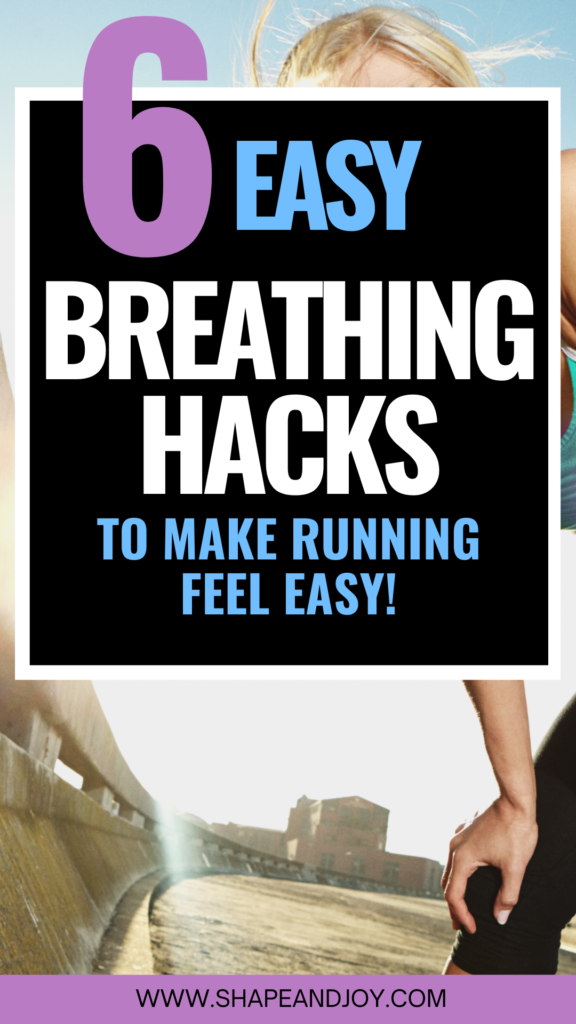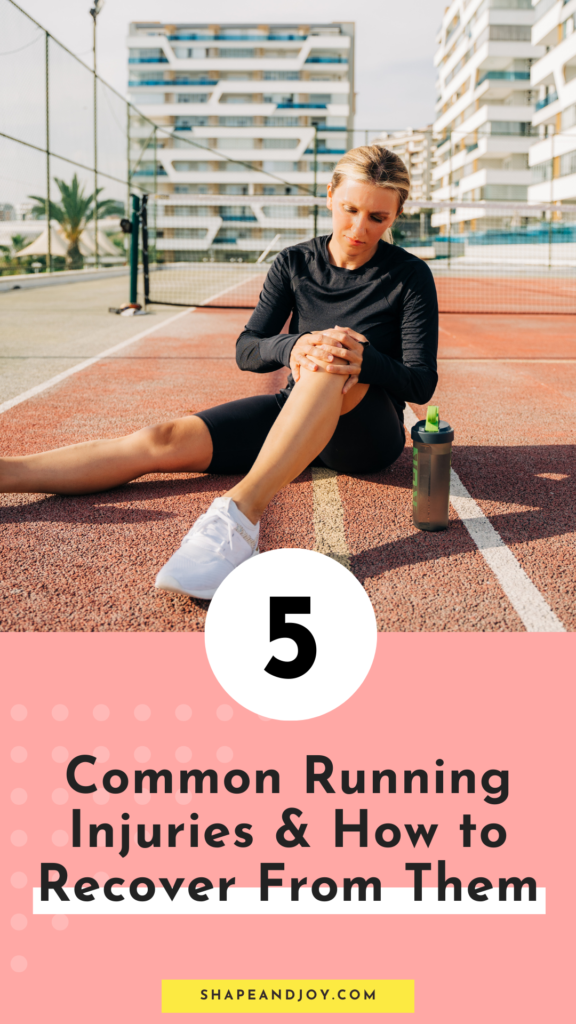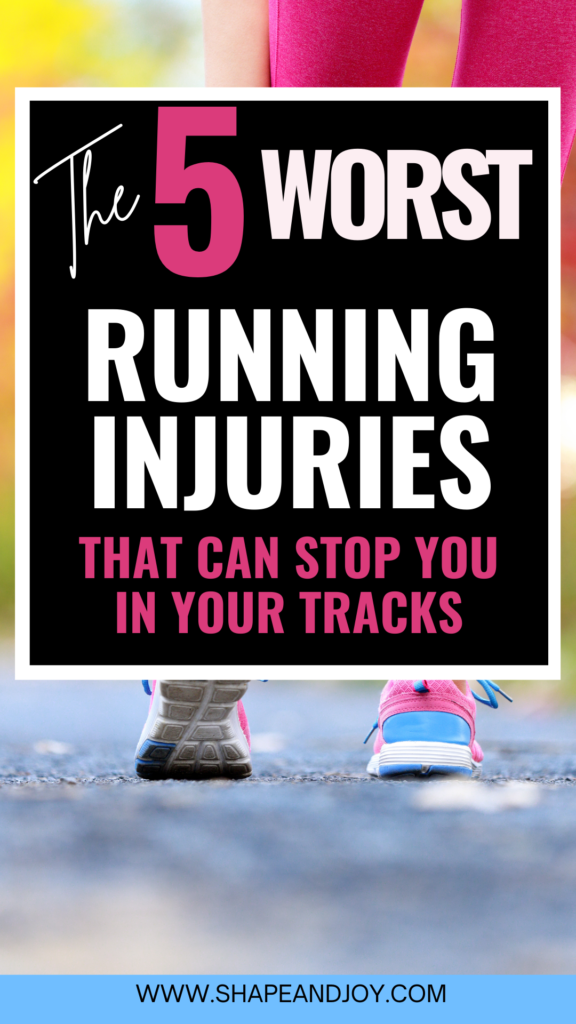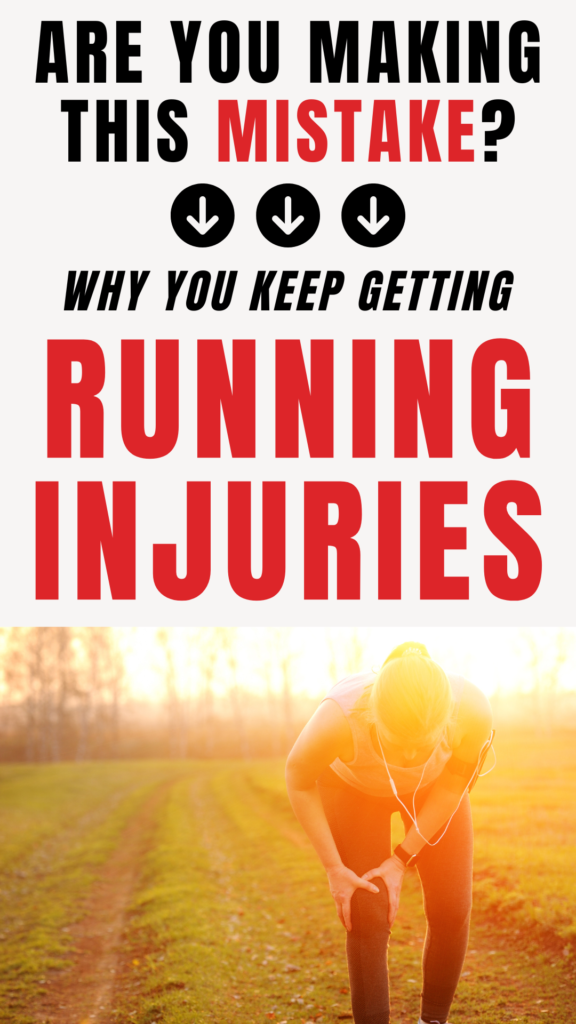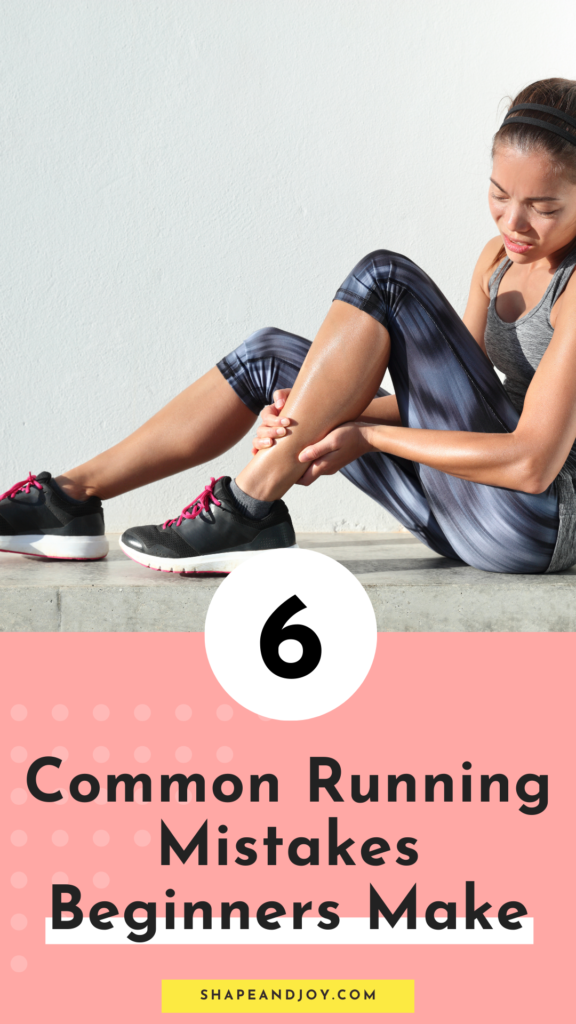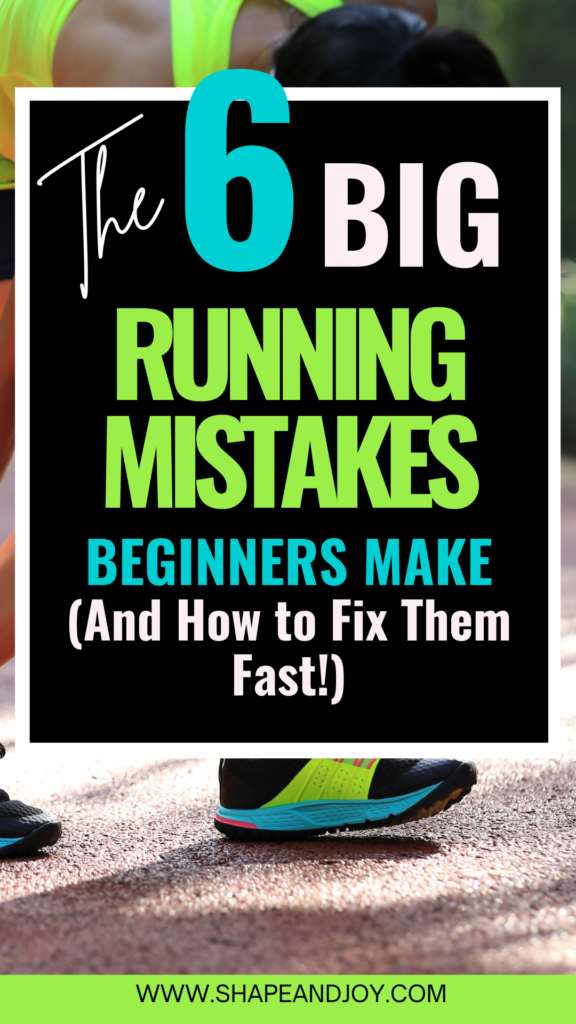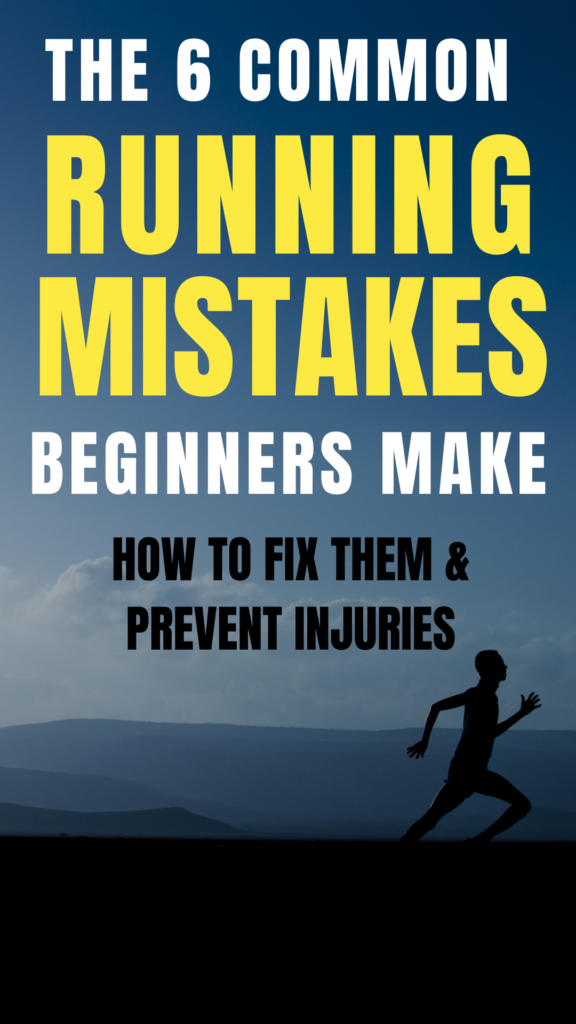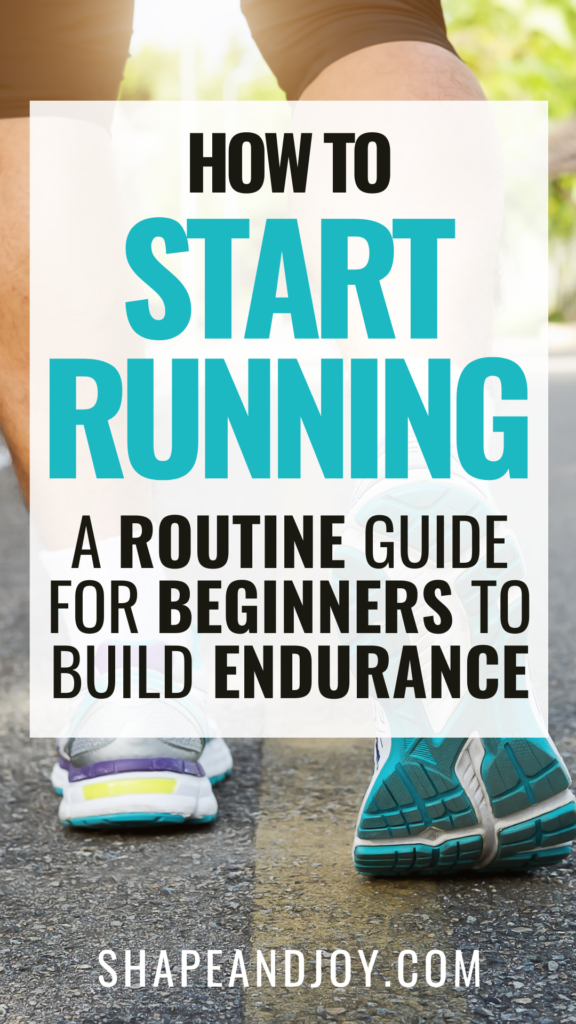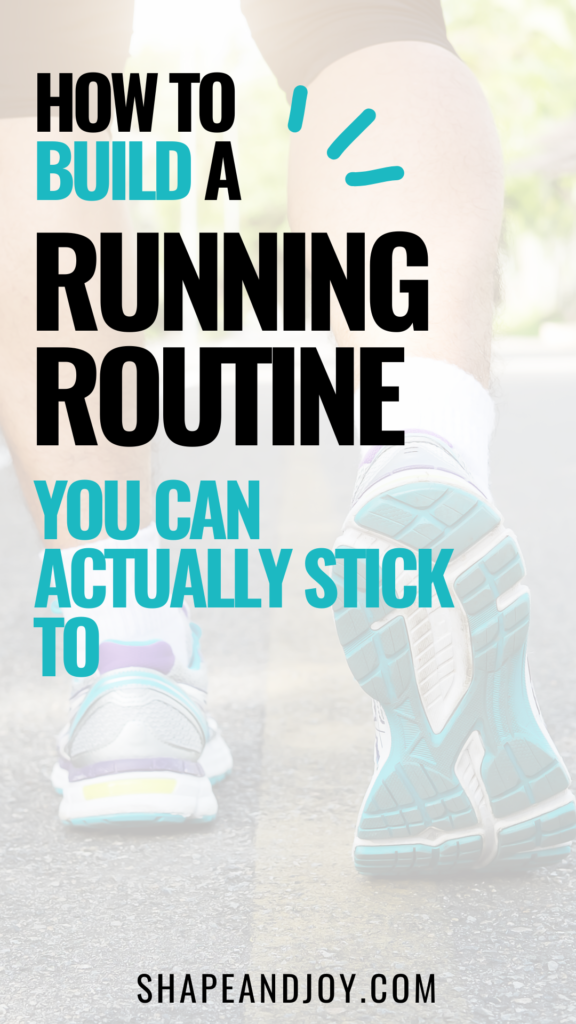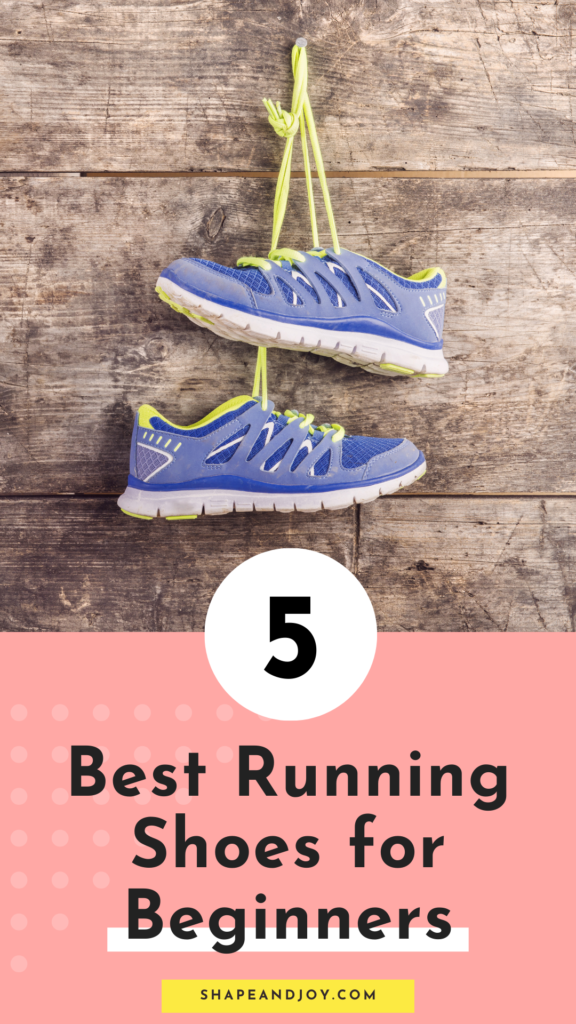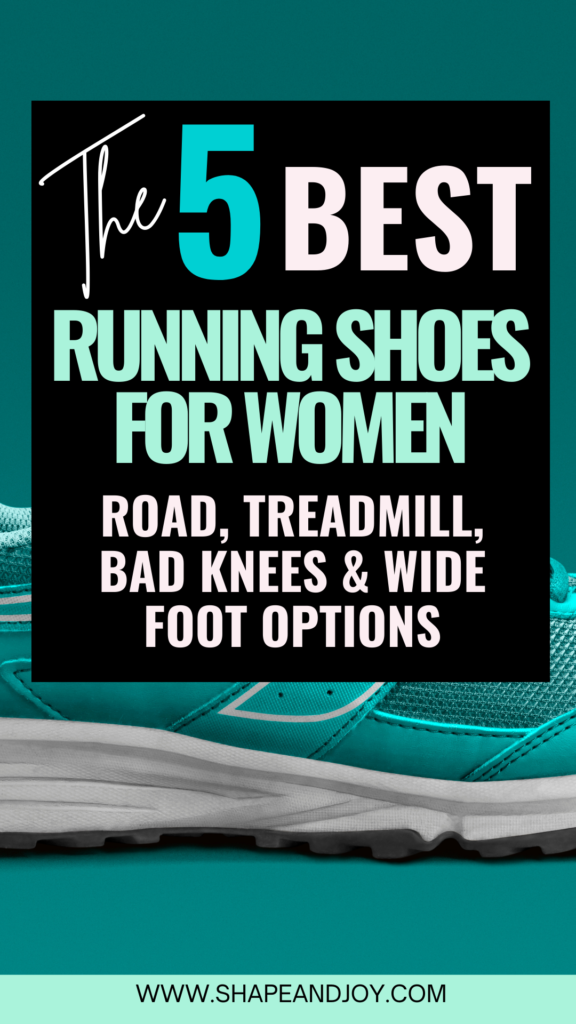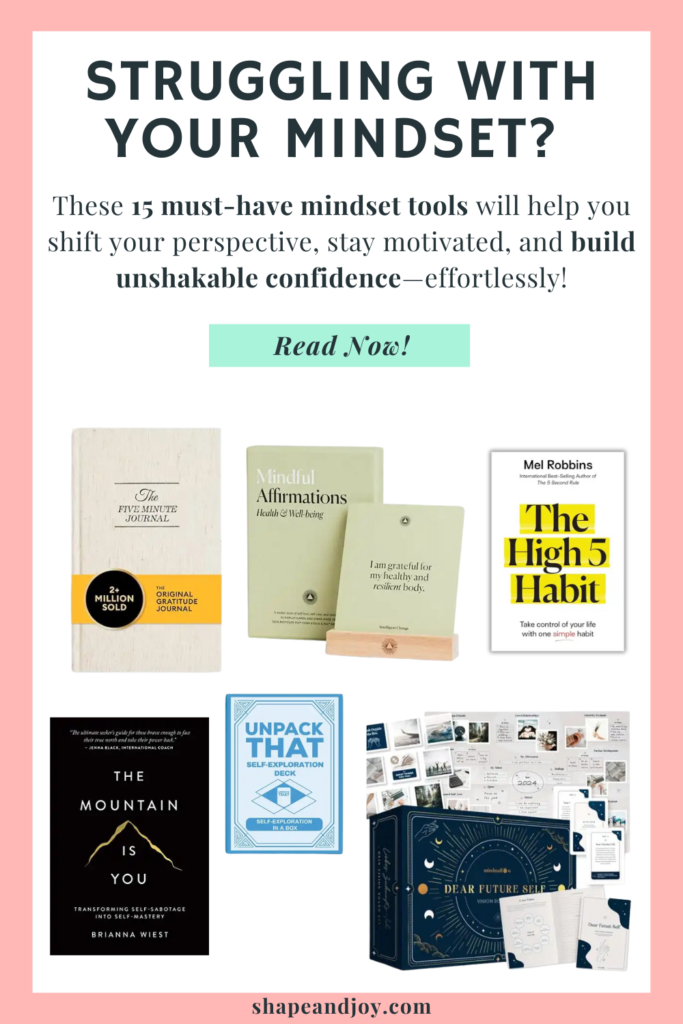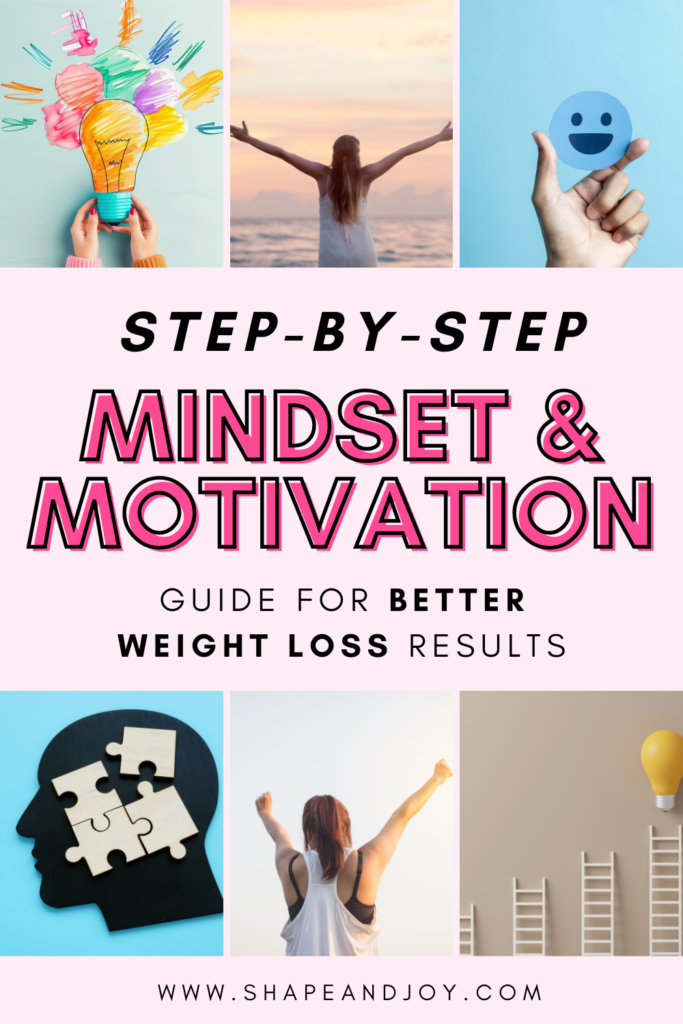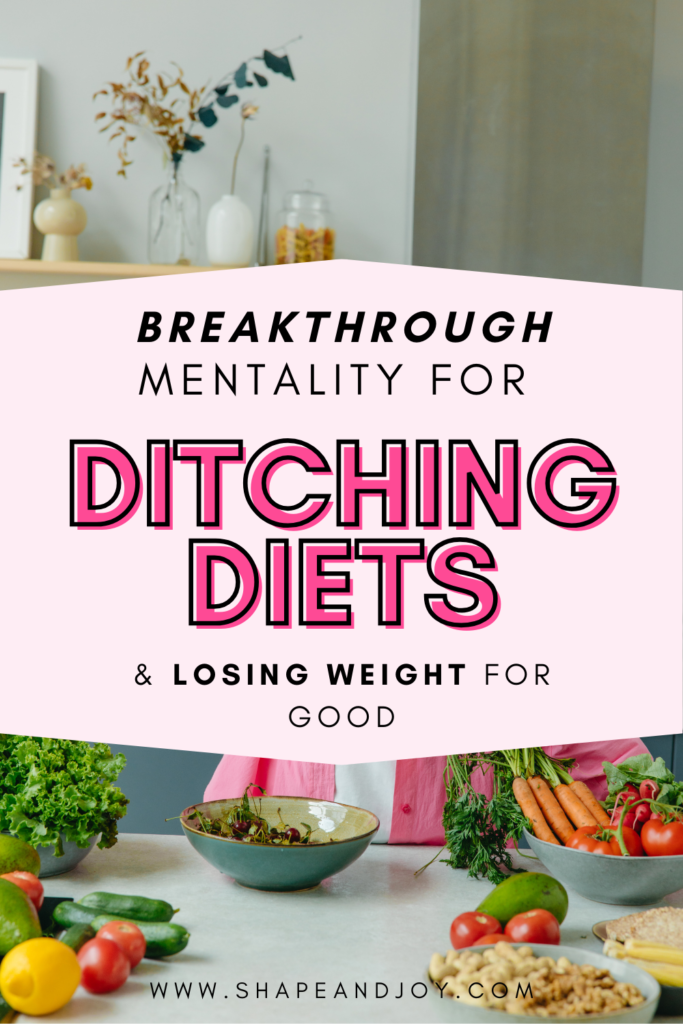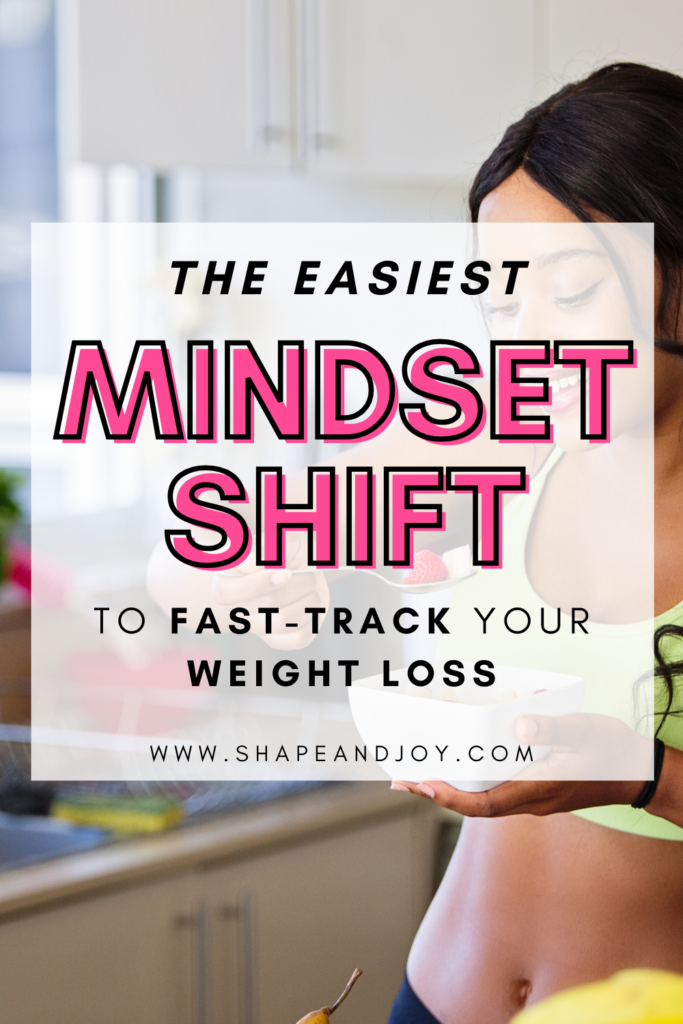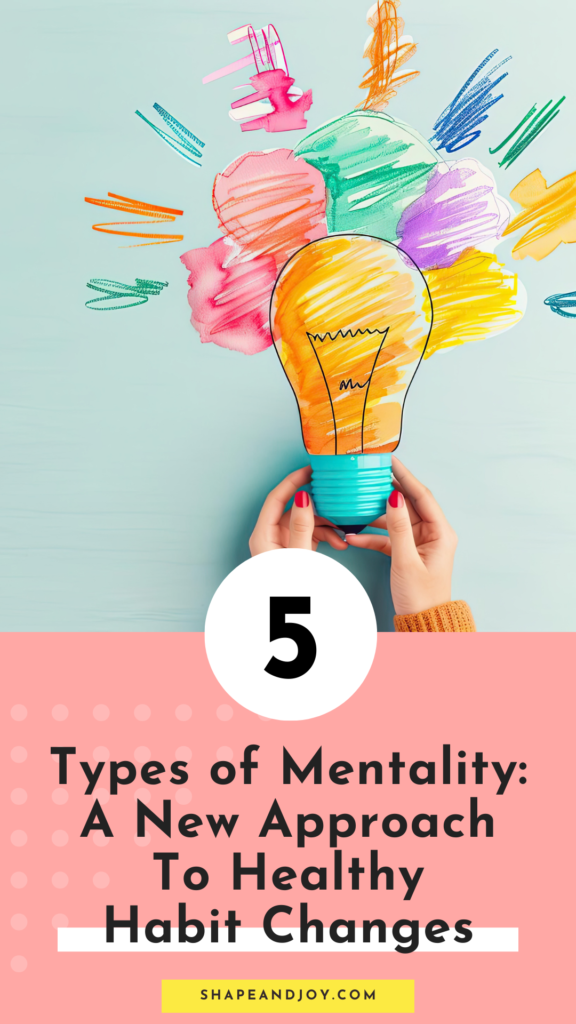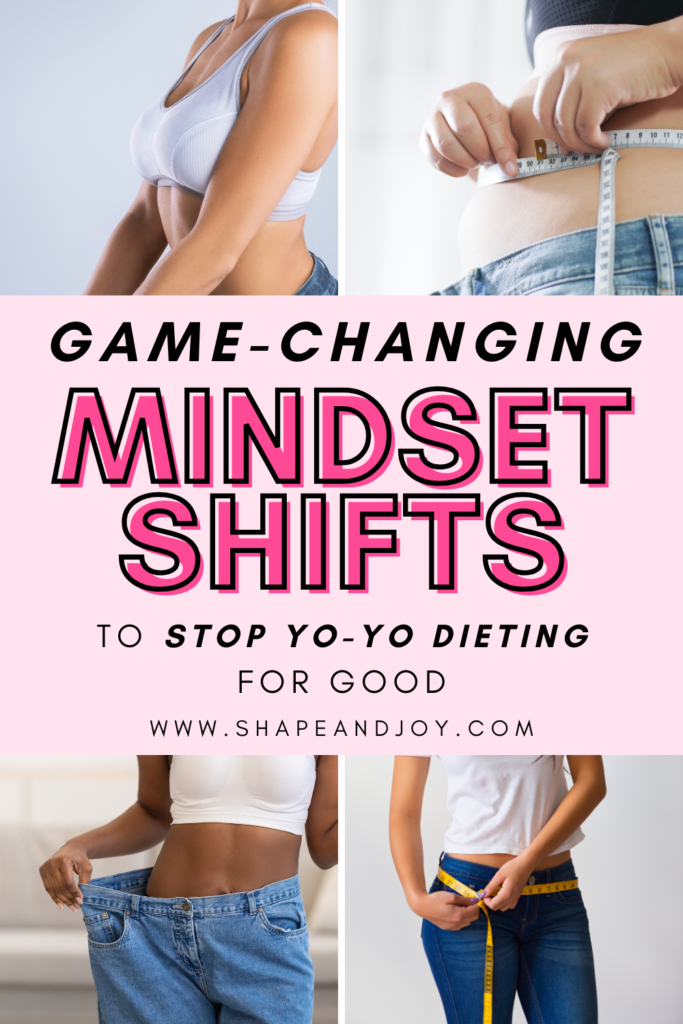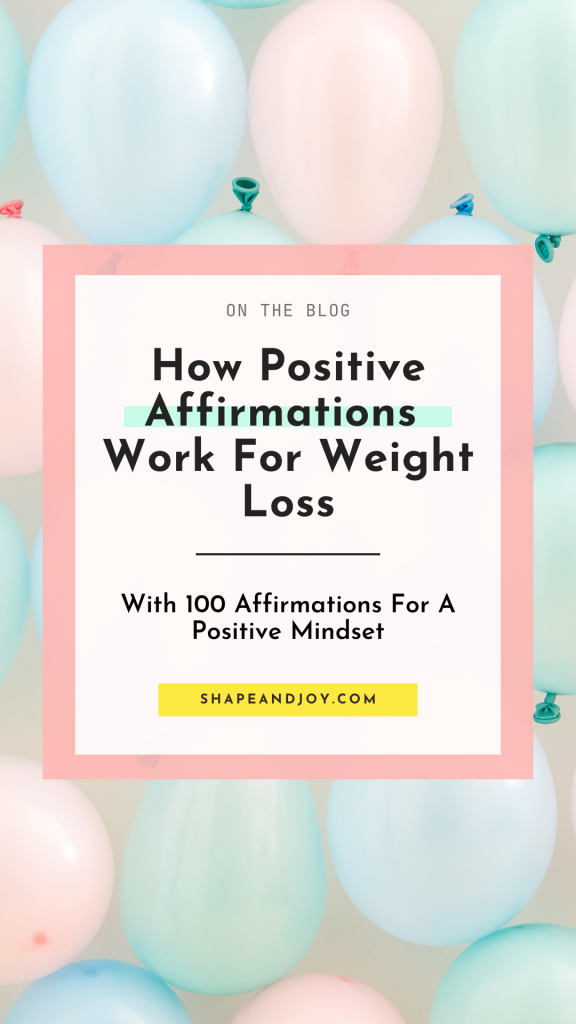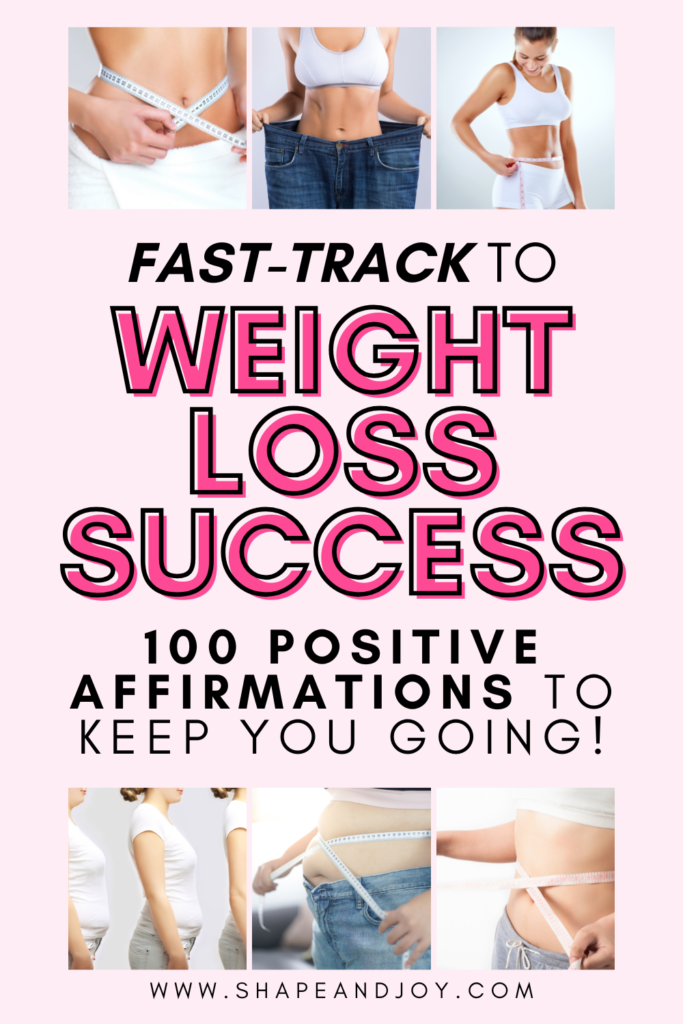6 Breathing Techniques for Running: How to Run Without Feeling Like You’re Dying
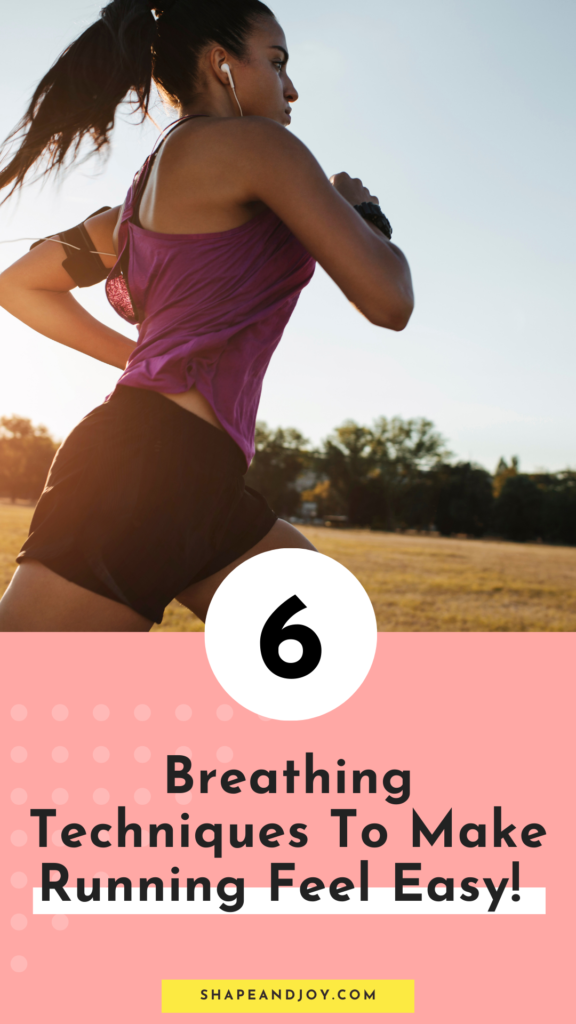
Let’s be honest—nothing kills the “I’m a runner now” vibe faster than feeling like your lungs are staging a full-scale rebellion. You set off feeling confident, but within minutes, you’re gasping for air, your chest is on fire, and you’re wondering if this whole running thing was just a massive mistake.
Sound familiar?
I’ve been there. When I first started running, I thought the whole not being able to breathe thing was just part of the deal. Turns out, running shouldn’t feel like you’re fighting for survival.
The problem? Your breathing techniques are probably all wrong.
If you want to run longer, feel stronger, and stop sounding like an asthmatic walrus, you need to learn how to breathe properly. Lucky for you, I’ve got all the breathing techniques to help you run without gasping, wheezing, or questioning your life choices.
Why Do You Get Out of Breath So Fast?
Before we fix it, let’s talk about why you feel like your lungs are betraying you.
The main culprits:
- Running too fast, too soon (slow down, speed racer).
- Shallow chest breathing (aka doing it wrong).
- Poor posture that collapses your lungs.
- Weak diaphragm and core muscles (yes, your core helps you breathe).
- Holding your breath without realising (guilty!).
Good news? All of this can be fixed. Let’s get to it.
And if your breathing struggles are coming from poor running form, you might be making some classic beginner mistakes. Check out Common Running Mistakes Beginners Make (And How to Fix Them) to make sure your technique isn’t sabotaging you.
The Best Breathing Techniques for Running (So You Don’t Feel Like You’re Dying)
1. Breathe From Your Belly, Not Your Chest
Most people take shallow breaths from their chest, which doesn’t pull in nearly enough oxygen. You need to breathe from your diaphragm (aka belly breathing) to get deeper, more efficient breaths.
How to do it:
- Place one hand on your chest and the other on your stomach.
- Inhale deeply through your nose—you should feel your belly expand, not your chest.
- Exhale slowly through your mouth and feel your belly fall.
- Practise this while sitting before you try it on a run.
Why it works: More oxygen = more energy = less wheezing and gasping for air.
2. Use the 2:2 or 3:3 Breathing Rhythm
Ever feel like your breathing is completely out of sync with your running? That’s because it probably is. A breathing rhythm helps coordinate your breath with your steps, so you don’t feel like you’re hyperventilating.
Try this:
- 2:2 rhythm → Inhale for 2 steps, exhale for 2 steps (good for steady runs).
- 3:3 rhythm → Inhale for 3 steps, exhale for 3 steps (best for easy runs).
- 2:1 rhythm → Inhale for 2 steps, exhale for 1 step (for faster paces).
Why it works: Your body gets into a natural breathing rhythm, making running feel smoother.
3. Breathe Through Your Nose AND Mouth
You might have heard some running purists say “Only breathe through your nose!” Yeah, no. That’s not going to cut it when you’re actually moving at a decent pace.
The best approach? Breathe in through your nose AND mouth to maximise oxygen intake.
Why it works:
- Nose breathing helps filter and warm the air.
- Mouth breathing gets more oxygen in quickly.
- Using both prevents that “I can’t get enough air” feeling.
📌 Pin this for later! ⬇

4. Fix Your Posture – Stop Hunching!
If you’re running like you’re trying to fold yourself in half, it’s no wonder your lungs can’t expand properly.
How to fix it:
- Run tall with your shoulders relaxed.
- Keep your chest open and lifted.
- Look ahead, not down at your feet (unless you fancy tripping over).
Why it works: Better posture = more room for your lungs to do their job.
5. Strengthen Your Breathing Muscles
Yep, your breathing muscles (diaphragm, intercostals, and core) need training too. The stronger they are, the easier running will feel.
Exercises to try:
- Diaphragmatic breathing (practise belly breathing daily).
- Blowing up balloons (sounds ridiculous but works!).
- Planks and core work (a strong core helps control breathing).
Why it works: A strong diaphragm = less breathlessness, more endurance.
6. Slow Down & Relax (Seriously, Calm Down)
If you’re gasping for air 30 seconds into your run, chances are you’re running too fast for your current fitness level.
How to fix it:
- Start slow and gradually build your speed.
- If you can’t talk while running, you’re pushing too hard—drop the pace.
- Take walking breaks if needed (yes, real runners do this too!).
Why it works: Running at the right pace means your body can keep up with the oxygen demand.
Bonus: Breathing Techniques for Asthma or Breathing Issues
If you’re like me and running with asthma, breathing challenges are very real—but they don’t have to stop you.
What helps:
- Warm up properly—cold air can trigger asthma symptoms.
- Use your inhaler before you run if prescribed.
- Breathe in through your nose more in colder weather.
- Run at a comfortable pace—don’t go all-out immediately.
Disclaimer: Always speak to a doctor before starting a running routine if you have asthma or other breathing conditions. They can give you the best advice for running safely.
Running actually improved my asthma over time, so don’t let it put you off!
The Ultimate Running Resource Hub – Everything You Need in One Place!
Looking for the best running tips, training plans, gear recommendations, and nutrition advice? This is your one-stop guide to starting strong, improving performance, preventing injuries, and staying motivated. Whether you’re a beginner or looking to level up your runs, these posts will help you every step of the way!
- The Ultimate Running Guide: Tips, Training & Gear
- How to Build a Running Routine That You’ll Actually Stick To
- Common Running Mistakes Beginners Make (And How to Fix Them)
- How to Run When Overweight: A Guide for Beginners
- Running for Weight Loss: How to Maximise Fat Burn
- Running Nutrition: How to Fuel Your Runs Based on Your Goals
- Breathing Techniques for Running: How to Run Without Getting Winded
- How to Prevent & Recover from Running Injuries
- Best Running Shoes for Beginners
Final Thoughts: Master Your Breathing, Master Your Running
Breathing properly while running is a game-changer. Get it right, and you’ll run longer, stronger, and with way less suffering.
- Breathe deep from your belly, not your chest.
- Find a breathing rhythm that works for you.
- Use both your nose and mouth for maximum oxygen intake.
- Fix your posture so your lungs have space to work.
- Slow down if you’re gasping for air—pacing matters.
Still struggling with discomfort while running? Some breathing issues stem from poor form or underlying injuries. Check out How to Prevent & Recover from Running Injuries to make sure you’re not making it harder for yourself.
Want to improve even more? Check out How to Build Stamina & Endurance as a Runner and learn how to run stronger without burning out.
Now go on—lace up, take a deep breath, and show that pavement who’s boss!
📌 Pin this for later! ⬇
